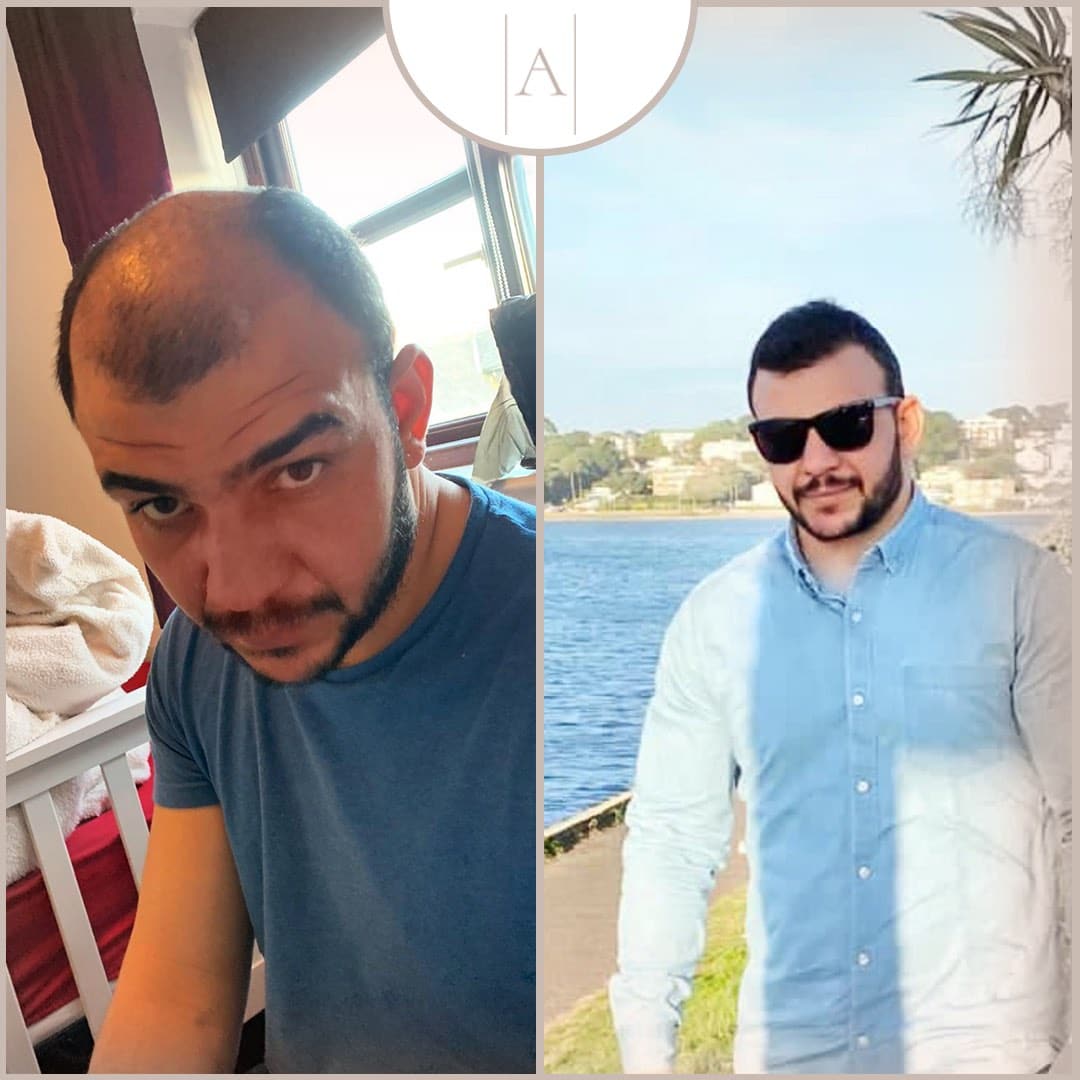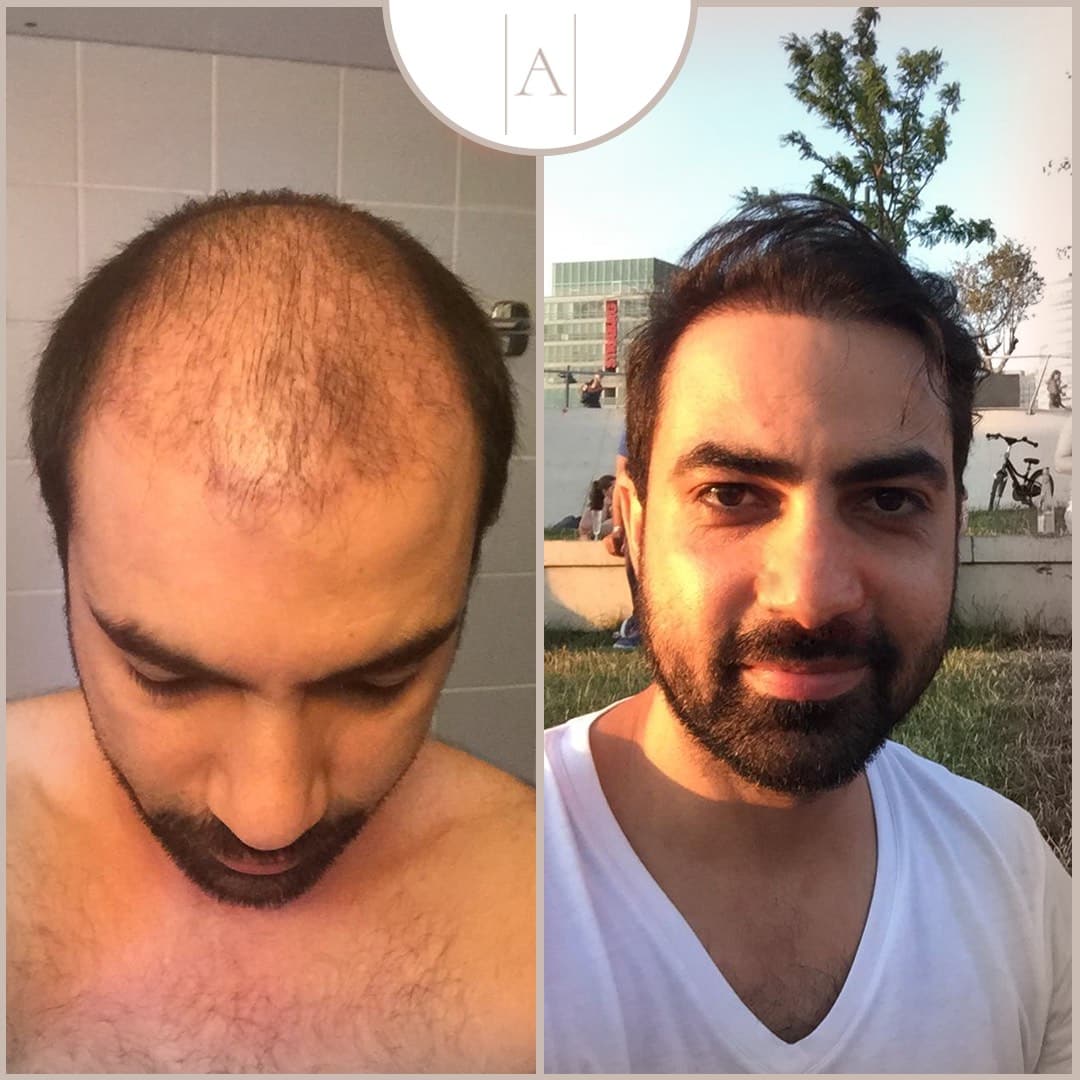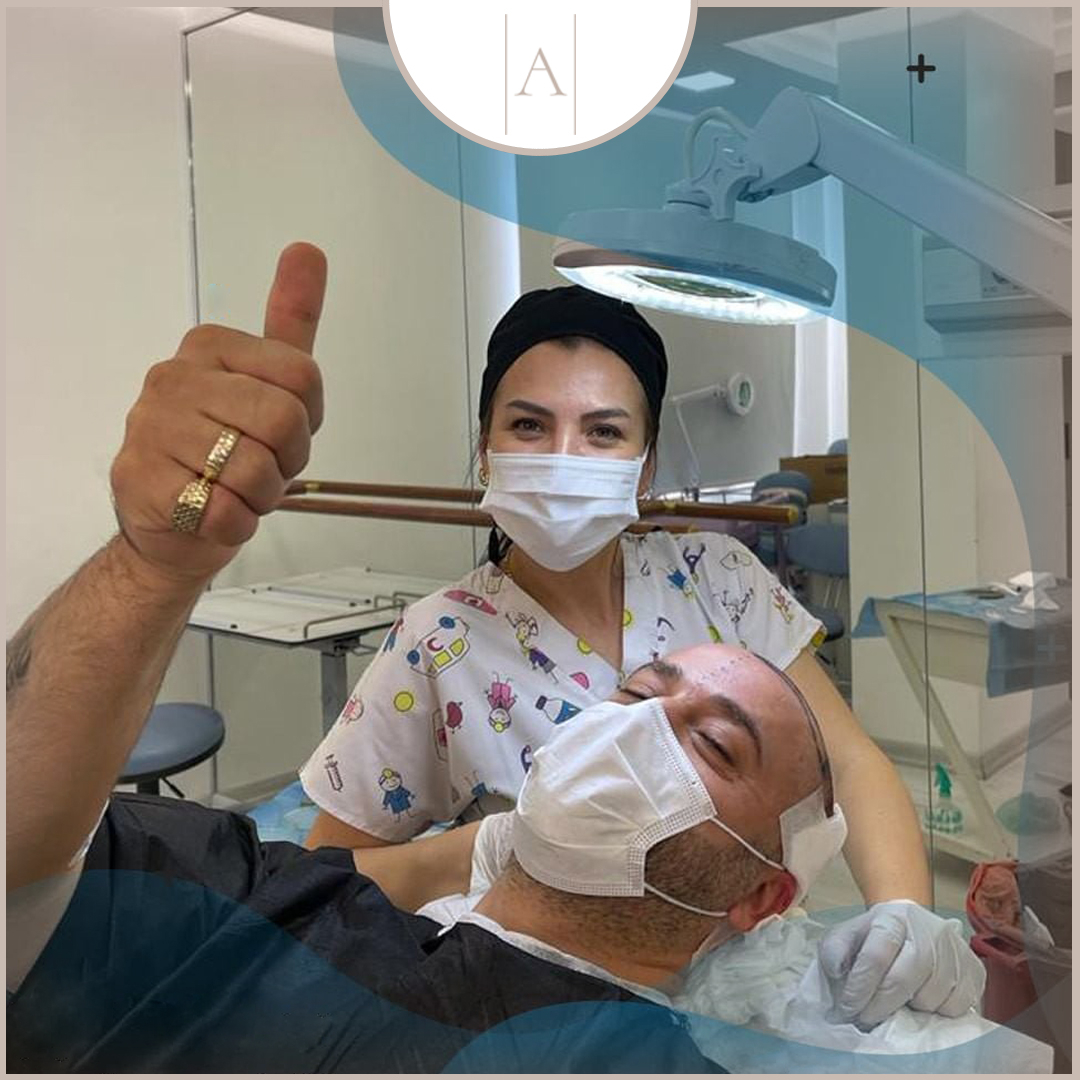For some, hair loss can be devastating. For others, it can be frustrating or simply a fact of life. Hair forms part of our identity, especially for women So when it starts thinning or receding, it can feel like our youth is fading before us, literally. But these days, it’s not the be-all and end-all.
Heard of hair transplants?
Gordon Ramsay, Jamie Fox and Wayne Rooney are just some of the male celebs who have openly talked about having hair transplants. There are different kinds of hair transplants available.
So which is better, a DHI or FUE hair transplant? Here’s your quick guide.
These days, there are two main hair transplant techniques:
- Direct Hair Implantation (DHI)
- Follicular unit extraction (FUE)
 What is a DHI hair transplant?
What is a DHI hair transplant?
A Direct Hair Implantation (DHI) hair transplant is where hair grafts are taken from other areas of the body and instantly transplanted to thinning areas. Hair grafts generally consist of 3-4 hairs and skin tissue. Generally, grafts are taken from the back underside of the head if there is enough hair there, otherwise and another donor site is found. The surgeon will put numbing cream on the head and begin the work of transplanting each graft to sparse areas at the front of the head.
With DHI, hair grafts are taken and then replanted immediately with what is known as the ‘Choi implanter pen’. No surgical scars are visible. It is one of the most successful hair transplant surgeries with good rates of growth. Generally, people can return to work straight away though appearance-wise, swelling takes about three to five days to go down.

The benefits of DHI are a faster procedure, good coverage and the quickest recovery time.
- has high hair growth rates
- harvests a high yield of hair to give good coverage
- has the fastest recovery period.
Read our clients’ hair transplant success stories.

What is a FUE hair transplant?
A Follicular Unit Extraction (FUE) hair transplant is a popular type of hair transplant where hair is taken from one area and transplanted to another area. Gordon Ramsay was a successful recipient of the This method requires openings to be made for the donor hair. The donor hair is prepared in a solution and then repositioned in sparse areas of the scalp. If patients have enough hair on the back of their head that area is usually used as the donor area, but it can be another area of the body too, like the armpits.
“I chose Asthetica because they are UK and Australia based, so I don’t have to deal with an overseas company and the time differences and language barrier. Plus I had access to Aussie nurses for my aftercare if I needed it when I came home. So it was a no-brainer.”
Justin, Sydney, Australia
The surgeon removes each follicle individually from thicker areas and replants them into thinning areas of the scalp, usually at the front above the forehead. Firstly, the surgeon cut small incisions in the thinning sections of the scalp. Then individual hair follicles are extracted from the donor site and then replanted into the incisions immediately. Tiny surgical scars are not usually noticeable.

“My hair transplant turned out even better than I expected. It’s nice to look in the mirror and seeing a younger me! Yeah, would definitely recommend Asthetica to anyone thinking of getting a hair transplant done."
James, Sussex, UK
The Benefits of FUE work well for people who have less sparse areas to cover.
- no sutures are required, and the small canals can sometimes heal within three days. However, its generally recommended to take it easy for up to two weeks.
- leaves only small ‘dot’ scars which can eventually fade altogether.
- hair with FUE hair transplant can be worn shorter than a number one haircut (a very close shave, 1.5mm of hair) .
- suitable for those that have only small areas to be transplanted, especially for people who have just begun to recede or lose their hair.
DHI and FUE comparison
| Feature | DHI | FUE |
| Technique | Only requires donor area to be shaved – better for smaller grafts | Whole head shaved – better for larger areas requiring greater number of grafts |
| Duration of procedure | Surgery duration 6-9 hours for single session | Surgery duration 4-8 hours for single session |
| Duration of recovery | Return to work within 3-5 days, entire healing process around 2 weeks | Return to work 3-5 days later, entire healing process around 3 weeks |
| Rate of hair growth | Up to 90% growth rate after 12 -18 months | Up to 90% growth rate after 12 months |
| Scarring |
Micro-sized dot scars at donor site and new site hidden by hair growth. |
Incision at donor site usually at back of head, hidden by hair growth. No noticeable scars at new site. Risk of small bald patch at donor site depending on how individual copes with scarring. |
| How many sessions are needed? | 1-2 sessions depending on severity of loss. | 1 session, but depends on severity of hair loss |
What is FUT hair transplant?
Follicular Unit Transplantation (FUT) is an old hair transplant technique, first used in the 1950s and performed until the early 2000s. Commonly referred to as ‘hair plugs’, FUT is a hair transplant where hair is taken as a whole strip, cut into small grafts and sutured into the receding hairline.
The FUT surgeon removes a small part of tissue from the back of the head and because of this it is sometimes called strip surgery’. FUT is not used anymore as the newer DHI and FUE techniques are less painful, much quicker to perform (FUT could take up to 16 weeks to complete the procedure), have a faster recovery period and have less scarring.
“I had a great experience with Asthetica. From the first phone call, they just made everything easy. It was hassle-free and it was clear they were well experienced. My hair transplant went perfectly – really, really happy with the results.”
Justin, Sydney, Australia

The benefits of getting any kind of hair transplant are well worthwhile.
A hair transplant:
- improves hair coverage and hair line position
- restores self confidence
- is a permanent remedy to hair loss
- relieves balding once the thinning section is restored
- relieves any anxiety of wearing wigs and toupees
- diminishes the need for unnecessary creams and hair restoration products.
“When I spoke to Asthetica, it was clear that the person I was speaking to had personal experience of a hair transplant in Turkey. So I felt really reassured -they really knew what they were talking about. I had a great experience.”
James, Sussex, UK
Get a free, no-obligation quote
If you’re thinking about getting a DHI or FUE hair transplant, our friendly team can help! Our personalised packages and prices are 30% to 70% less than comparative prices in the UK and Australia. Asthetica’s hair transplant surgeons are extensively qualified, skilled and experienced with a proven track record of success. In fact, we are our own customer! One of our Asthetica team has successfully had a hair transplant in Turkey with amazing results. Book your free, no-obligation phone consult today.